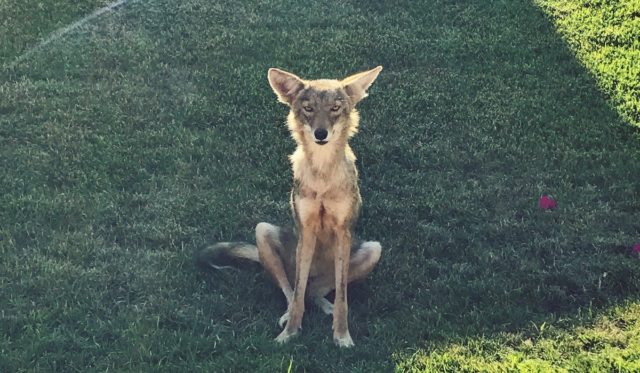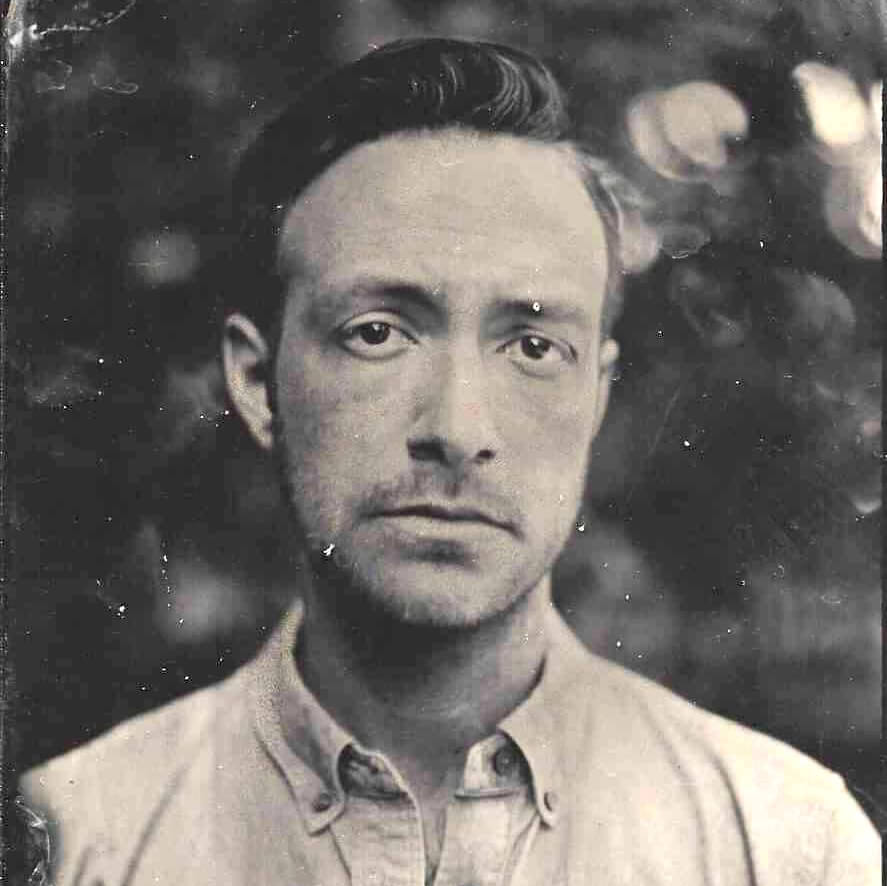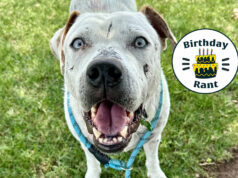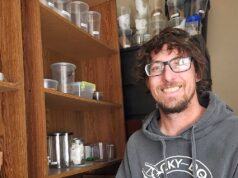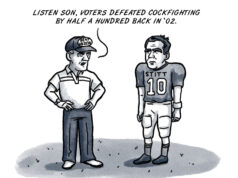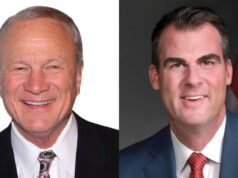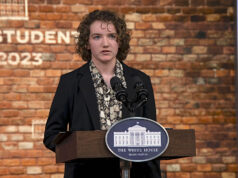I grew up in Alva, Oklahoma, a town of approximately 5,000 in the northwestern part of the state, roughly 24 miles from the Kansas border.
The modest, lower-middle-class house I was raised in had a backyard that extended to the edge of a canyon, and a cavalcade of critters called this canyon home. Squirrels, skunks, raccoons, bobcats and foxes. There were roadrunners that I would chase just like my favorite cartoon coyote did on TV. And, yes, there were even real coyotes.
Coyote sightings were rare, though, so it was always a treat when they would materialize out of the trees, bushes and tall grass that sloped down the edges of the canyon. But, as I grew older, I spent less time playing by myself in the canyon, which meant even fewer chances to lay eyes on them.
I had more important things on my mind — like all-night Halo marathons, cruising the main boulevard in town with my best friend, Jay Nunez, Sonic soda dates and, by extension, girls. When I moved away to Norman for college, coyotes, as they also do in the wild, all but disappeared from my life.
It wasn’t until I moved to Los Angeles that my long-lost love was reignited. I first came across a pack of coyotes trekking up the hills in Griffith Park, close by the apartment I lived in at the time. When they cut across my path, I was certainly surprised, but, oddly enough, I wasn’t scared. These visitors were surly, private and loved roaming the hiking trails of these hills. It was a match made in heaven. From then on, we would often run into each other. Sometimes weekly, sometimes more. One female even frequented my neighborhood.
And while they seemed to accept my presence, they were nothing to be trifled with. I once witnessed a coyote pluck an unleashed chihuahua up in its mouth in a crowded Griffith Park picnic area in broad daylight and swiftly escape into the surrounding tree line — much to the horror of the dog’s irresponsible owners.
Nonetheless, I always welcomed them. They calmed and comforted me. They reminded me of my home for the first 24 years of my life. Of the little boy who sprinted around outside, hot on the trail of a roadrunner, only to turn a corner and find the bird had seemingly evaporated into the thin air. The coyotes reminded me of that childhood feeling, when I could steal a glimpse of them. They reminded me of Oklahoma.
Since returning to Oklahoma, I’ve written a lot about love. Or love as I know it, at least. And, as I’ve aged, coyotes have come to represent love to me, in a way. They can be cagey, quiet and mean. But they’re also exciting, boisterous and playful. Above all else, they’re resilient.
Recently, I adopted the tagline for myself: “Easy to hurt. Hard to kill.” The same could easily be said about coyotes. And about love. The real love I feel, anyway.
I loved the coyotes in Alva and L.A. I still do. And I hope they love me, too.
Here’s a poem that’s about a coyote I remember. And also not about a coyote at all.
Coyote Communion
by Brand Rackley
It was in the twilight
In the heat of August
Not so long ago
Towards my back doorstep porch light
She snuck up on me
When my back was turned
Out of thin air
A coyote more than wild she was free
On that day we met
I wanted her
As a companion
Not as a pet
We played
I shared
I nourished
Hoping she would stay
But it was how it had to be
That’s how it was
Her life was hers
It was not with me
The day, it was in December
There was a cold frost
A chill in my bones
I’ll always remember
When she left
Into the tall prairie
Winter wind sweeping down the plains
I wept
Sometimes I still
Howl at the moon
Hoping she’ll come back
Knowing she never will









